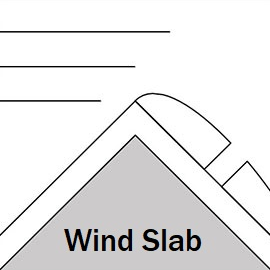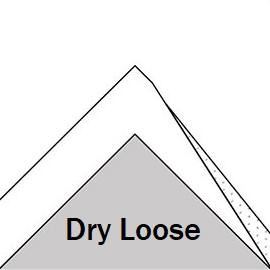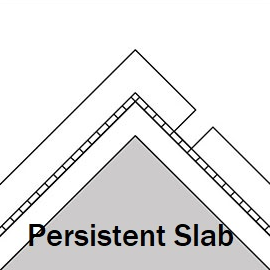Gudauri
Natural avalanches are unlikely, human-triggered avalanches are possible. Small avalanches in specific areas, or large avalanches in isolated areas.
50 - 60 cm of new snow fell on Saturday 27 Jan, followed by winds from the west quarter. This new snow is slowly settling and getting stronger, but soft wind slabs could still be triggered on steep areas near ridges and roll-overs. Weak layers under the new snow and deeper in the snowpack exist, and investigation is recommended. Keep in mind that in the higher elevation bands, the good skiing may also be where the wind slab is!
Forecast issued at: 30 January 2024 08:00
Forecast valid until: 2 February 2024 08:00
Forecaster: Manu Greer
High Alpine
> 2600m
2 Moderate
Heightened avalanche conditions on specific terrain features. Evaluate snow and terrain carefully; identify features of concern.
Alpine
2000m - 2600m
2 Moderate
Heightened avalanche conditions on specific terrain features. Evaluate snow and terrain carefully; identify features of concern.
Sub Alpine
< 2000m
1 Low
Generally safe avalanche conditions. Watch for unstable snow on isolated terrain features.
Avalanche Problems
Wind Slab

Fresh wind slabs formed from recent NW, W and SW winds. The exact direction of the winds is uncertain, so watch for signs of wind slab beyond the indicated aspect. Also be mindful of potential cross-loading. The wind slab may be very soft, making it difficult to detect.
| Sensitivity | The specific avalanche problem type is difficult to trigger with a human rider. |
| Distribution | Specific areas, with common characteristics. Evidence for instabilities exists, but it is not obvious and finding it requires careful observations. |
| Time of Day | All day |
| Trend | Improving |
| Confidence | Moderate |
Loose Dry

Unconsolidated new snow can be triggered by skiers on steep terrain.
| Sensitivity | The specific avalanche problem type is reactive to human rider triggers. Easy to trigger with ski cut. |
| Distribution | Specific areas, with common characteristics. Evidence for instabilities exists, but it is not obvious and finding it requires careful observations. |
| Time of Day | All day |
| Trend | Improving |
| Confidence | Moderate |
Persistent Slab

Weak layers associated with melt-freeze crusts or density changes have been found around the forecast area, and cold temperatures are likely to be making these layers weaker. There have been no avalanches associated with these layers observed yet, but whumphing was heard in a couple of places.
| Sensitivity | The specific avalanche problem type is difficult to trigger with a human rider. |
| Distribution | A few, isolated locations; evidence for instabilities is rare and hard to find. |
| Time of Day | All day |
| Trend | No change |
| Confidence | Moderate |
Recent Avalanches and Snowpack
Recent avalanche activity:
27th January - mulitple natural size 1 loose dry avalanches in high alpine, some happened mid-storm. Natural size 2 storm slab and size 2 glide slab south of Miketa, 2200 - 2400m, SE.
Snowpack:
Significant amounts of low-density snow fell on Saturday 27 January. Above about 2600m this snow was affected by wind at the end of the storm, forming soft drifts and slabs. The deeper snowpack is generally stable, especially lower elevations (under 2000m) due to several melt-freeze cycles. Theres is, however, a melt-freeze crust under the new snow below 2600m - 3000m, depending on aspect. Facets have been seen on this crust, SE aspect 2900m - these produced a whumph. This layer could become a problem as the new snow settles and becomes more cohesive. In some areas higher up (above 2600m), weak, faceted snow was found in shallow rocky areas near ridges, and a crust/facet layer was also seen around 3000m, E aspect. With colder temperatures, these layers will need to be watched carefully. Some uncertainty remains about surface hoar under the recent snow, which may have survived in sheltered areas above 2500m. However, we have not yet seen evidence that this is a problem. Check out recent snow profiles (or add your own!) at snowpilot.org
Weather
Cold tempertaures over the last couple of days with little wind and good amounts of sun. The next 3 days look sunny with more cloud on 31st, temperateures remaining cold with light to moderate N winds.
Disclaimer
Our avalanche forecasters are internationally qualified and experienced professionals, and data is provided by skilled observers. We encourage you to make your own observations and decisions, without relying solely on our forecast, since any forecast is a generalised 'best guess', and in certain cases it might be inaccurate. We can not be held liable for any actions you take in the backcountry that may result in injury, loss or death.